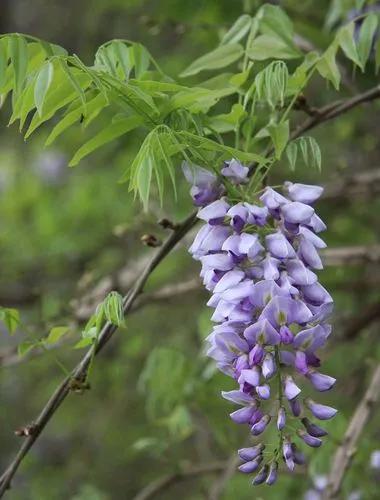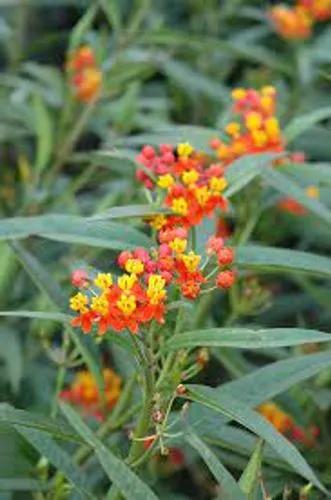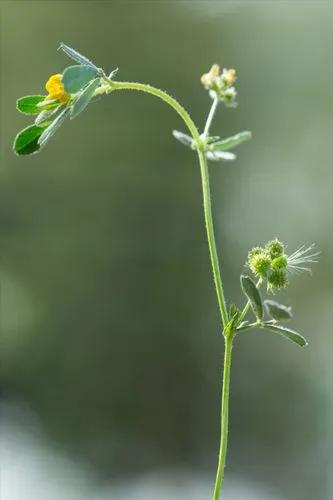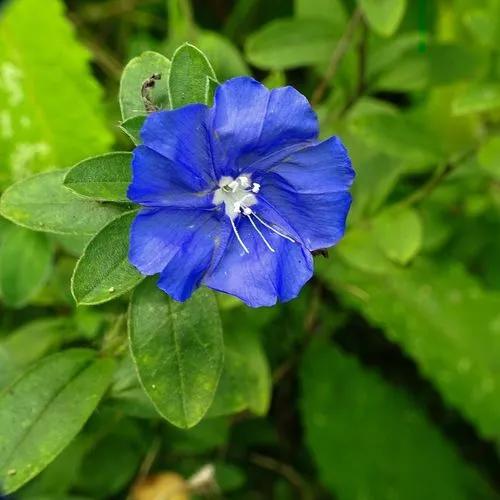The epithet ligularis comes from the plant's ligulate corollae. It is native to the Andes Mountains, mainly Peru, including Bolivia, Costa Rica, Ecuador, Colombia and Venezuela. It grows as far south as northern Argentina and as far north as Mexico. Outside of its native range it grows in the tropical mountains of Africa and Australia (where they are known as passionfruit or Granadilla), and is now common in local markets of Papua New Guinea, where it is known as 'sugar fruit'. It likes climates ranging from 15° to 18 °C and between 600 and 1000 mm of annual rain. It lives at altitudes ranging from 1700 to 2600 meters above sea level.They have abundant, simple leaves and greenish-white flowers. The fruit is orange to yellow colored with small light markings. It has a round shape with a tip ending in the stem. The fruit is between 6.5 and 8 cm long and between 5.1 and 7 cm in diameter. The outer shell is hard and slippery, and has soft padding on the interior to protect the seeds. The seeds, which are hard and black, are surrounded by a gelatinous sphere of transparent pulp. The pulp is the edible part of the fruit and has a soft sweet taste. It is very aromatic and contains vitamins A, C, and K, phosphorus, iron, and calcium. The main producers are Peru, Venezuela, Colombia, Ecuador, Brazil (where it is known as maracujá doce or "sweet passion fruit"), South Africa, Rwanda and Kenya. The main importers are the United States, Canada, Belgium, the Netherlands, Switzerland, and Spain. Passiflora ligularis, is an evergreen climbing shrub, producing stems of up to 5 meters long. The stems scramble over the ground or clamber into the surrounding vegetation, attaching themselves by means of coiling tendrils
Granadilla Care
Passiflora Ligularis



How to Care for the Plant

Water

Passionflowers should be given a deep watering immediately after planting. Beyond that, they typically thrive with one or two waterings per week throughout their growing season. Make sure to provide about an inch to an inch and a half of water every week if there is no rain; they do not handle drought well.

Pruning

Pruning can be done in late winter or early spring—in cooler climates, the vines may die back to the ground anyway. These plants flower on new growth, so make sure to prune them before growth begins each spring in order to preserve the season's blooms.

Fertilizer

Passionflower vines are heavy feeders and will benefit from a regular light application of balanced, general-purpose fertilizer with equal proportions of nitrogen, phosphorus, and potassium. Fertilize the plant before new growth emerges in early spring, and then repeat every four to six weeks until early autumn.

Sunlight

Give these plants plenty of bright light, especially during the summer growing season. Full sun is preferable in the summer, with as much light as you can give during the winter.

Soil

Deep soil preparation is important because granadilla plants develop shallow root systems in compacted soils. Thorough soil preparation will also improve drainage. This is very important, because granadillas are sensitive to excessively wet soil conditions. It is best to avoid clay soils.

Temperature

They are sensitive to severe frost (especially the purple granadilla). In hot areas, they should be planted on cool slopes and in cool areas on the warm northern slopes. The average maximum monthly temperature should not exceed 29 °C and the minimum should not fall below 5 °C.

Container

Passion flower container care isn't too difficult.

Additional

Passiflora caerulea is harmful if ingested and causes an upset stomach. Its foliage and roots are toxic.

Popularity

171 people already have this plant 29 people have added this plant to their wishlists
Discover more plants with the list below
Popular articles






